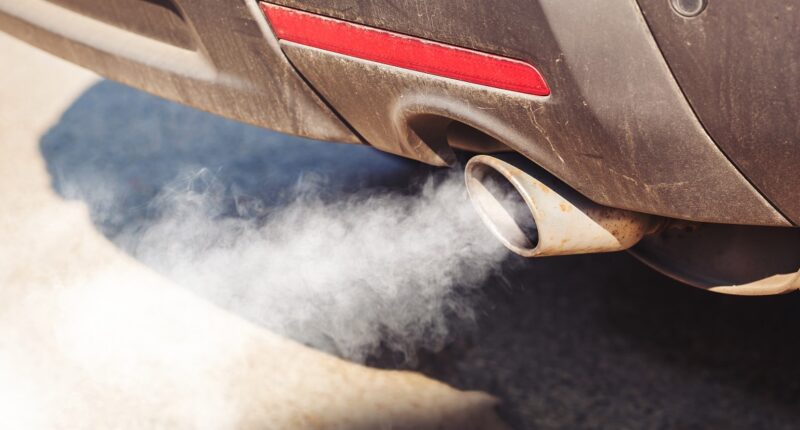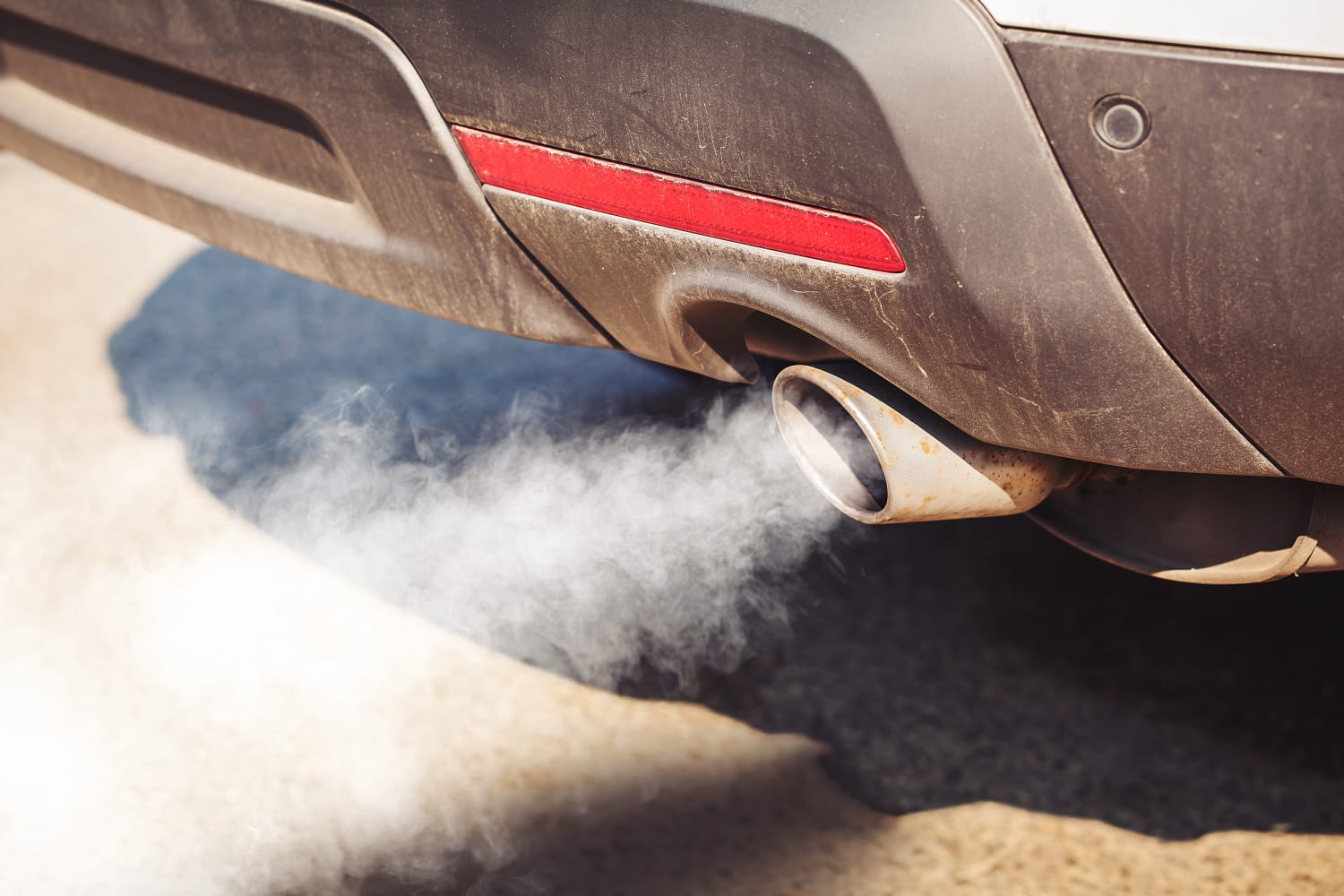
Chemicals that spew from vehicle exhaust and are used to make a variety of common products — from spandex to memory foam mattresses — could cause eczema in infancy, according to research from the National Institutes of Health.
“We have solid data establishing that pollutants are very likely behind increasing cases of atopic dermatitis,” Dr. Ian Myles, chief of the Epithelial Research Unit in the National Institute of Allergy and Infectious Diseases Laboratory of Clinical Immunology and Microbiology. (Disclosure: I participated in a clinical trial run by Myles in 2018.)
Atopic dermatitis, more commonly known as eczema, is an incredibly itchy, inflammatory skin condition that affects 31.6 million Americans. It almost always begins in the first year of life, and peaks in early childhood, according to the National Eczema Association. Allergens, such as pets, perfumes, dyes and food, can cause the condition to flare up unexpectedly, even in adults.
What causes eczema in the first place has been a mystery. Genetics play a role, but the incidence of eczema has risen two to three times in industrialized countries since the 1970s, leaving experts convinced something in the environment is behind the dramatic increase.
Myles and his team turned to eczema “hot spots” around the country — places where clinics were treating higher numbers of eczema patients — and studied toxins in the surrounding environment. They found similar chemicals called diisocyanates and isocyanates to be most prevalent.
Diiocyanates are used in the manufacturing process of many polyurethane products, such as adhesives, flexible foams, carpeting and fabrics designed to be stretchy or weather-resistant.
Other than exposures for factory workers, the Agency for Toxic Substances and Disease Registry, part of the CDC, says the chemicals are unlikely to be toxic in polyurethane products as long as those items have been cured, or dried, appropriately by the manufacturer.
But it’s exhaust fumes from modern vehicles that may have been driving eczema rates for the past 50 years.
Catalytic converters work by eliminating many of the harmful chemicals found in gasoline, but in that process, they produce isocyanates as a byproduct. Catalytic converters became mandatory for all vehicles in the U.S. in 1975, coinciding with the beginning of the rise in eczema cases.
The findings were published in Science Advances in January.
Dr. Jessica Hui, a pediatric allergist and immunologist at National Jewish Health in Denver, called the research “exciting.”
“I think these authors are spot on in recognizing that the incidence of allergic conditions is increasing concurrently with how different pollutants are increasing in our environment,” Hui said. “We’re finally understanding more about why people are getting eczema.”
The NIH team went beyond simply linking diisocyanates and isocyanates to eczema hot spots. They took the chemicals into their lab and, using mice and bacterial cultures, found that they directly affect the skin’s microbiome in two ways.
They force healthy, protective bacteria to stop making oils that moisturize the skin. And “while they’re doing that, they are also activating a specific receptor on your skin, sending signals to the brain to induce itch and inflammation,” Myles explained.
Proving that the chemicals prompt atoptic dermatitis reactions on the skin could help lead to new treatments.
The research team then studied whether spraying a type of healthy bacteria called Roseomonas mucosa onto a person’s skin would reduce eczema flares. The bacteria are found in the microbiomes of healthy people who do not have eczema.
They found that most people had a modest, sustained improvement. And the effect was even more dramatic if those people lived in areas where diisocyanate levels were higher.
What can people prone to eczema outbreaks do?
Avoiding car exhaust and even the wide variety of polyurethane-containing products is unreasonable for most people.
“It’s a very interesting study, but we don’t have evidence that there’s something you could do” to reduce exposures to diisocyanates and isocyanates, said Dr. Peck Ong, a pediatric allergist and immunologist at Children’s Hospital Los Angeles.
“So much of this is out of our control. I mean, you can’t shut the highways down,” Myles said.
It is possible that some air filtration systems might be able to remove diisocyanates and isocyanates. Research is needed, Myles said, to determine which ones might do so effectively to reduce eczema risks.
Follow NBC HEALTH on Twitter & Facebook.
Source: | This article originally belongs to Nbcnews.com









